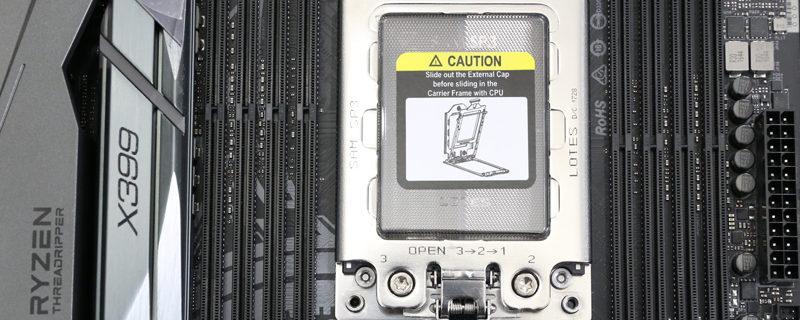ASRock Taichi X399 Review
Conclusion
If you’ve been following along with our reviews of the X399 chipset then you’ll have recognised by now how much consistency AMD has managed to engineer into their latest product.
During the last generation the primary factor was the AM3 CPU socket, but the performance of each motherboard varied wildly, whilst Intel had already solved the issue of consistency across a selection of products. The X370 chipset gave us the first glimpse of how well the R&D department of AMD had been working and with the X399 we really can appreciate the fruits of their labours. Big or small, whichever you choose it looks like you’ll have a seriously capable platform upon which to extract the maximum performance from your 1950X Threadripper CPU.
It isn’t just AMD who have come a long way in a short period of time. When we first got heavily involved in the technical side of the PC Hardware world rather than simply perusing it as amateur enthusiasts, the name ASRock was somewhere alongside Biostar in kudos levels. If you wanted a great motherboard you brought an ASUS, Gigabyte or MSI, and the ASRock, Biostar and similar brands were for those of us who dreamed of those products but were financially limited to more affordable options. This remained the case until very recently indeed, but suddenly ASRock have launched a bevy of products that are more than capable of matching up to the three titans of the genre.
The X399 Taichi has the performance that you would expect to find from the newest AMD chipset, but it has enhanced this with some clever decisions too. With the majority of the features determined by the chipset there was a time when the aesthetics would be the element that indicated the manufacturer, but the Taichi looks as good as anything else out there. We love the cog iconography and it really separates the ASRock Taichi from the pack. Nothing else, besides the other ASRock boards obviously, looks quite like this and a readily identifiable design is half the battle. It doesn’t want for additional features either. We’ll just highlight two bits at different ends of the importance spectrum. The Taichi has RGB lighting, the must have accessory on any product these days, whilst the decision to split the CPU power connectors brings efficiency and thermal benefits to the strenuous demands of the Threadripper CPUs.
The best part of the Taichi for us is there were no major BIOS bugs on the X399 board like we saw with the Ryzen X370 and thankfully when manually overclocking the board gives you full Vcore control and not still letting the AMD offset override your settings. Couple this with how close the results were in the graphs and we would say that in actual use when overclocking the Taichi easily beats the Zenith. Ok it may not be a pretty to look at but when you boil it all down the Taichi claws back the points where a lot of us may say they are more important.
The X399 Taichi is the dawning of a new age for ASRock and if they can continue this level of quality with their next batch of products they are a serious contender for to make the big three a big four.
Discuss your thoughts about the ASRock X399 Taichi Review on the OC3D Forums.




